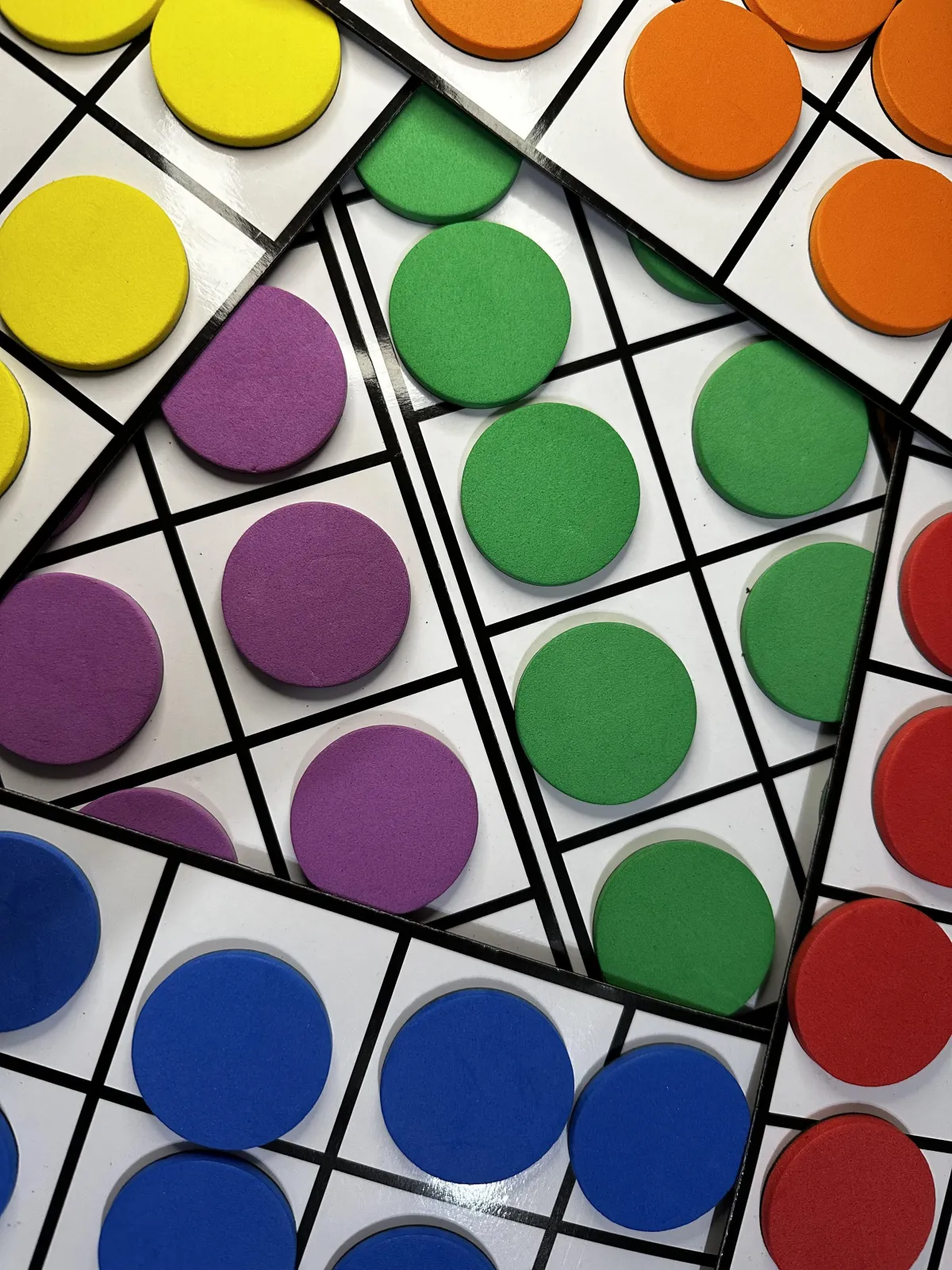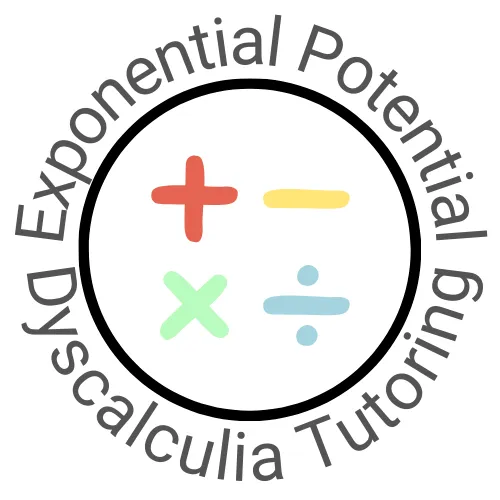Contact Us
Blog

Building Number Sense with Ten Frames
Building Number Sense with Ten Frames: A Guide for Educators and Parents
What is Number Sense?
Number sense is a fundamental skill that refers to a person's ability to understand, relate, and connect numbers. It encompasses various skills such as counting, recognizing numbers, understanding numerical relationships, and performing basic arithmetic operations. A strong number sense allows individuals to think flexibly about numbers, make reasonable estimates, and understand the magnitude and order of numbers.
What Are Ten Frames?
Ten frames are simple yet powerful educational tools to help children visualize numbers and develop a strong foundation in number sense. A ten frame is a rectangular array of ten equal-sized boxes arranged in two rows of five. These frames are typically used with counters or other small objects to represent numbers up to ten.

How to Use Ten Frames
1. Introducing the Ten Frame:
To familiarize your child with this manipulative, start by showing a ten frame and explaining that it has ten boxes arranged in two groups of five. Demonstrate how to use counters to fill the boxes and count them with your child. Make sure you fill the ten frame from left to right, beginning with the top row first. Once the top row is filled (5 counters), fill the second row from left to right.
2. Representing Numbers:
- Initially, place a specific number of counters in the ten frame and ask your child to count them.
- Over time, your goal should be to encourage your child to recognize the number without counting each counter individually (subitizing).

3. Addition and Subtraction:
- Use the ten frame to visually demonstrate addition by adding counters and subtraction by removing them.
- For example, to show 5 + 3, place 5 counters in one color and then add 3 counters in another color.

4. Making Ten:
- Teach the concept of making ten by showing different combinations of numbers that add up to ten.
- For instance, if there are 7 counters on the ten frame, ask how many more are needed to make ten.

5. Comparing Numbers:
- Use two ten frames to compare different numbers.
- Ask questions like, "Which frame has more counters?" or "How many more counters are in this frame compared to the other?"

Why Using Ten Frames Helps Improve Number Sense
1. Visual Representation:
- Ten frames provide a visual way for children to see numbers and their relationships.
- This helps them understand counting, addition, subtraction, and making ten.
2. Subitizing:
- By frequently using ten frames, children can recognize the number of counters at a glance without counting each one individually.
- This skill, subitizing, is crucial for building number sense.
3. Understanding Place Value:
- Ten frames help children grasp the concept of place value by consistently seeing groups of ten.
- This visual grouping reinforces the idea of tens and ones, which is fundamental for more advanced math concepts.
4. Building Fluency:
- Regular practice with ten frames helps children become more fluent in basic arithmetic operations.
- This fluency is essential for developing confidence and competence in math.
Supporting Students with Dyscalculia
Dyscalculia is a specific learning disability that affects a person's ability to understand and work with numbers. Using ten frames can be particularly beneficial for students with dyscalculia for the following reasons:
1. Concrete Representation:
- Ten frames provide a tangible way to see and manipulate numbers, which can be more effective than abstract symbols.
2. Reduced Cognitive Load:
- Ten frames reduce the cognitive load required to process numerical information by organizing numbers consistently.
- This helps students focus on understanding the concept rather than getting overwhelmed by the numbers.
3. Repetition and Practice:
- Ten frames allow for repeated practice with immediate visual feedback, crucial for students with dyscalculia.
- Consistent use helps reinforce numerical concepts and improve retention.
4. Engagement and Motivation:
- Ten frames make learning interactive and engaging, increasing motivation and participation for students who struggle with traditional methods.
Ten frames are a versatile and effective tool for developing number sense in children. By providing a visual and hands-on way to explore numbers, they help build a strong mathematical foundation. For students with dyscalculia, ten frames offer a supportive and structured approach to learning, making math more understandable and less intimidating. Incorporating ten frames into daily practice can significantly enhance number sense and overall mathematical abilities.


